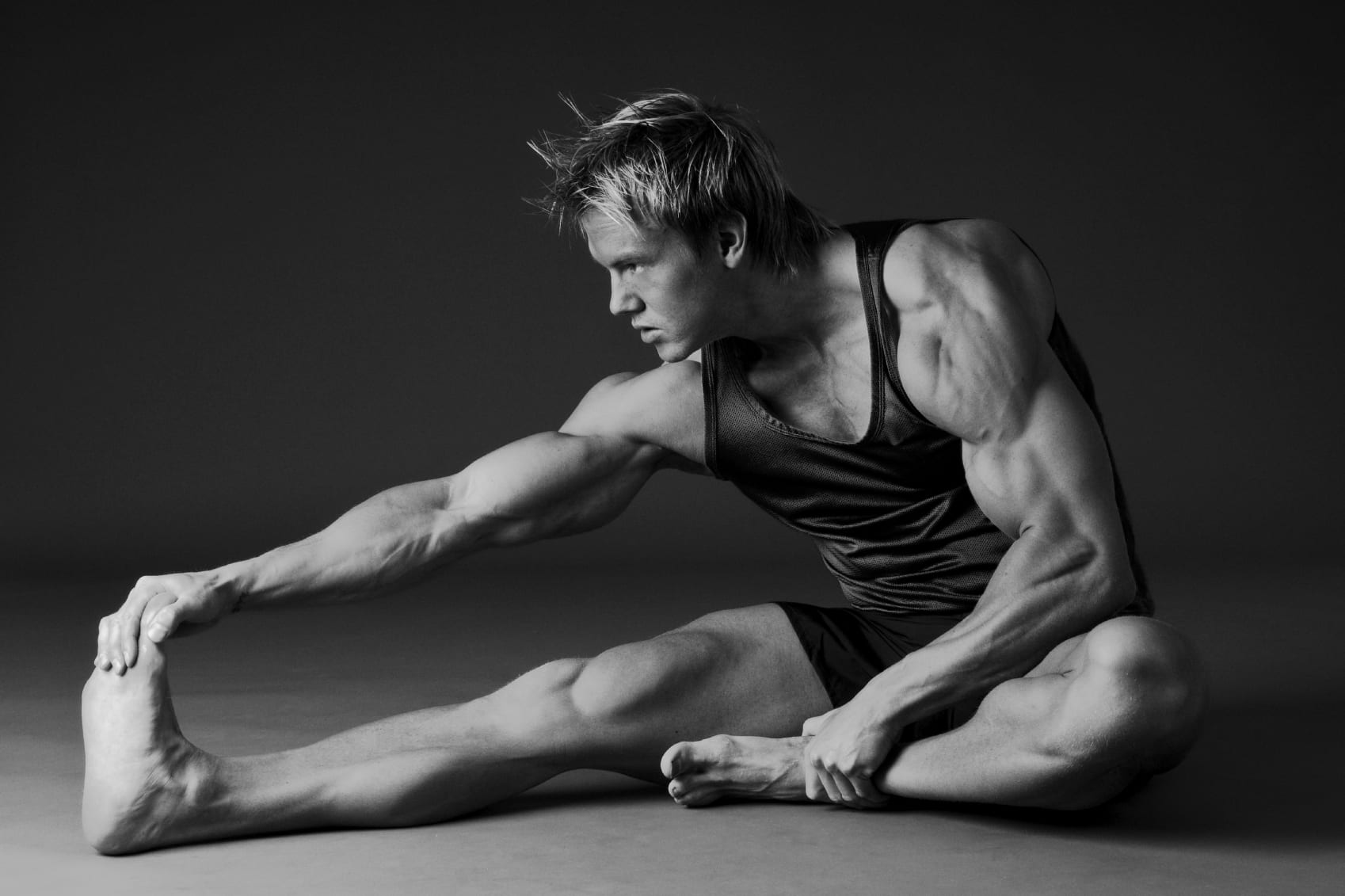Flexibility is the ability to move a joint through its complete range of motion (ROM)1. It is important in athletic performance and in the ability to carry out activities of daily living. Maintaining flexibility of all joints facilitates movement; however, in contrast, when an activity moves the structures of a joint beyond its full ROM, tissue damage can occur.
This is often thought to be less important than strength, or cardiovascular fitness. However, if we are not flexible, our movement decreases and joints become stiff. Flexibility in sports allows us to perform certain skills more efficiently. For example, a gymnast, dancer or diver must be highly flexible, but it is also important in other sports to aid performance and decrease the risk of injury.
In daily activities we must be flexible to reach for something in a cupboard, or off the floor. It also helps:
• Prevent injuries
• Improve posture
• Reduce low back pain
• Maintain healthy joints
• Improve balance during movement
The different types of stretching are as follows 2:
- Static - the range of possible movement about a joint and its surrounding muscles during a passive movement. Static flexibility requires no voluntary muscular activity; an external force such as gravity, a partner, or a machine provides the force for a stretch.
- Dynamic - refers to the available range of motion during active movements and therefore requires voluntary muscular actions. Dynamic range of motion is generally greater than static range of motion.
- Proprioceptive Neuromuscular Facilitation (PNF) - This stretch was originally developed as part of a neuromuscular rehabilitation program designed to relax muscles with increased tone or activity. Proprioceptive neuromuscular facilitation techniques are usually performed with a partner and involve both passive movement and active (concentric and isometric) muscle actions.
These are all modes of increasing flexibility, something that is extremely important for overall health. As you can see, flexibility is extremely important not only for athletic performance but also for everyday life. Flexibility is just as important as any other types of training and must be involved in a training program.
References:
1 Swain, D. P. (2014). ACSM's resource manual for Guidelines for exercise testing and prescription (9th ed.). Philadelphia: Wolters Kluwer Health/Lippincott Williams & Wilkins.

I thought your blog was really good and provided a lot of information. I know as a former athlete I felt a big difference when I stretched and when I did not stretch. Stretching is a key component in playing sports today.
ReplyDelete